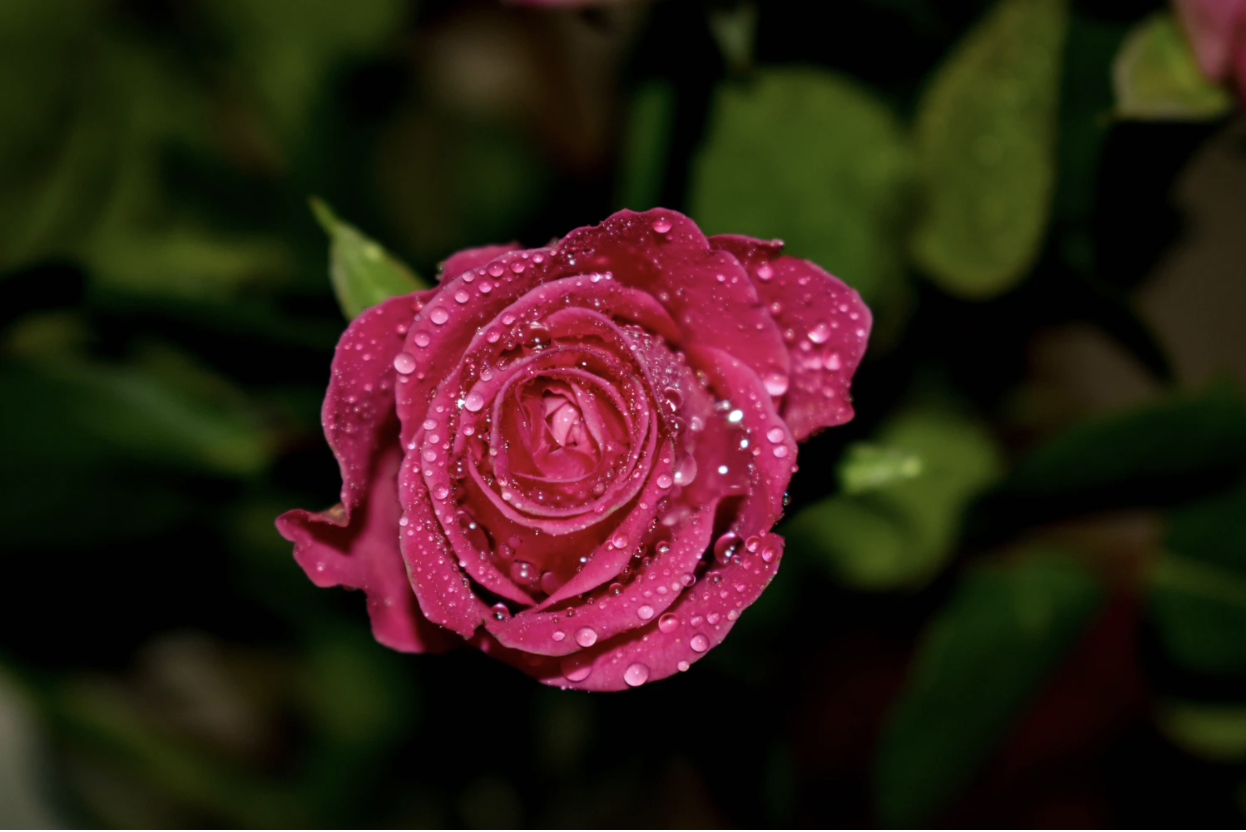Five Little-Known Edible Plants for Your Sensory Garden
When building a sensory garden, it's important to watch out for toxic varieties of plants. One of the best ways to do this is to pick edible plants for your sensory garden.
The five senses can work together just as well as they can work independently. Even if you don’t have full functionality in one or more of your senses, the lack of any sense makes the others even stronger. A sensory garden it's awesome for engaging the senses because it can have something for each one.
Photo by Annie Spratt on Unsplash
Lavender
There are several reasons to pop lavender into your sensory garden. First off, the flowers on the lavender plant are architecturally interesting. Secondly, the beautiful scent of the lavender plant can be used to help soothe those who are stressed and anxious. As long as you’re not allergic to lavender, you can also use it to treat wounds due to its antiseptic, antifungal, and anti-inflammatory properties.
Lavender is pretty easy to grow. You can grow lavender in early spring from starts. If you’re looking to plant in summer or early fall, it’s best to get a larger plant from your local nursery so that the plant is hardier against colder weather. If you’re in winter, it’s best to keep your lavender inside or, depending on how mild your winters are, in a greenhouse. Lavender needs a lot of sun, but be careful in the hotter months because new seedlings are unlikely to make it if the outside temp is too high.
As promised, we’re discussing six edible plants for your sensory garden, and lavender fits the bill. Not everyone realizes that lavender is edible. It’s an essential part of many dishes in French cuisine, and can also make some pretty incredible tea.

Photo by Gabriel Raskov on Unsplash
Roses
Two parts of the rose bush are edible; the petals and the rose hips that form and ripen when the petals fall off. Rose hips can make a great jelly, can be used in tea, and are very high in Vitamin C, Calcium, and Vitamin E. In your sensory garden, you’ll have the stunning flowers, the scent and the feel of the petals. For a sensory-garden-friendly kinda rose, try one of the thornless varieties.
Juniper
A juniper bush is ideal for attracting songbirds! The berries taste citrusy with a touch of spice and do well used sparingly in soups and stews. You’ll want to make sure that you get an edible variety of juniper like Juniperus drupacea, Juniperus phoenicea, Juniperus deppeana, and Juniperus californica. It’s not one of those berries that people tend to go out of their way to eat, but it is a beautiful and hardy plant that has edible varieties to choose from.
Photo by Ashkan Forouzani on Unsplash
Snapdragons
If you’ve ever seen packets of edible flowers at the supermarket, you may or may not have noticed snapdragons in it. They’re edible, so not toxic, although they’re not particularly tasty. The sensory part comes from the unique shape of the flower. They can provide hours of fun. To get your snapdragons to snap, gently squeeze the petal’s sides and it will open the “mouth” of the dragon. This is one cool sensory plant.
To get snapdragons into your sensory garden, you can either purchase pre-grown flowers or start from seed indoors 12 weeks before last frost. Sow seeds thinly and barely press into soil but do not cover with soil. Keep the soil moist at 65 degrees, as snapdragons prefer cooler soil so do not use bottom heat. Seedlings should emerge within 8-14 days. Keep your snapdragons moist for the first few weeks, then move to an inch of water a week. They’re hardier than many flowering plants, but they need to be monitored to be sure that they’re not wilting. Overwatering is a common mistake with snapdragons.
Huckleberries
Huckleberries can be sweet or tart, either way, they can definitely give your tastebuds a kick. They’re also popular with songbirds, so by growing them you get the added benefit of some stellar nature tunes. If, however, the birds take a few too many, you can cover your huckleberry bush with cheesecloth to keep them from eating your entire stock. They’ll still hang around and find ways around your cheesecloth efforts, but it’s a trick to keep them from devouring the entire lot. Pop a fountain or birdbath next to your huckleberry, and you’ll give your songbirds an entire playground.
Note: The best huckleberry ice cream you’ll find in the nation is made by Montana-based ice cream parlor, Sweet Peaks. They have locations in Bozeman, Kalispell, Missoula, and Whitefish, Montana. And, they also have a store in Spokane, Washington, which is great for us because we’re just around the corner!
About Stephen’s Place
Stephen’s Place is an independent apartment community for adults with developmental and intellectual disabilities, located in Vancouver, WA (7 minutes from Portland, OR).
If you have a loved one with developmental or intellectual disabilities, who is looking for a community to live in, please contact us for more information.
Stephen’s Place is a private-pay apartment community due to our state-of-the-art amenities and programs. We are a nonprofit and do not profit from our community. We are private pay because we spend more than some housing communities to ensure that our residents are comfortable and can safely live their lives with independence and dignity.